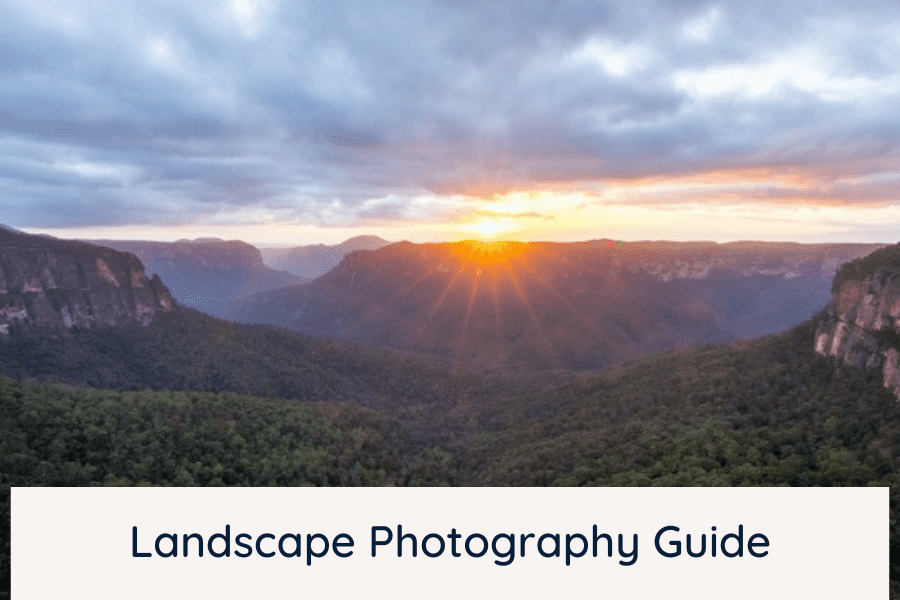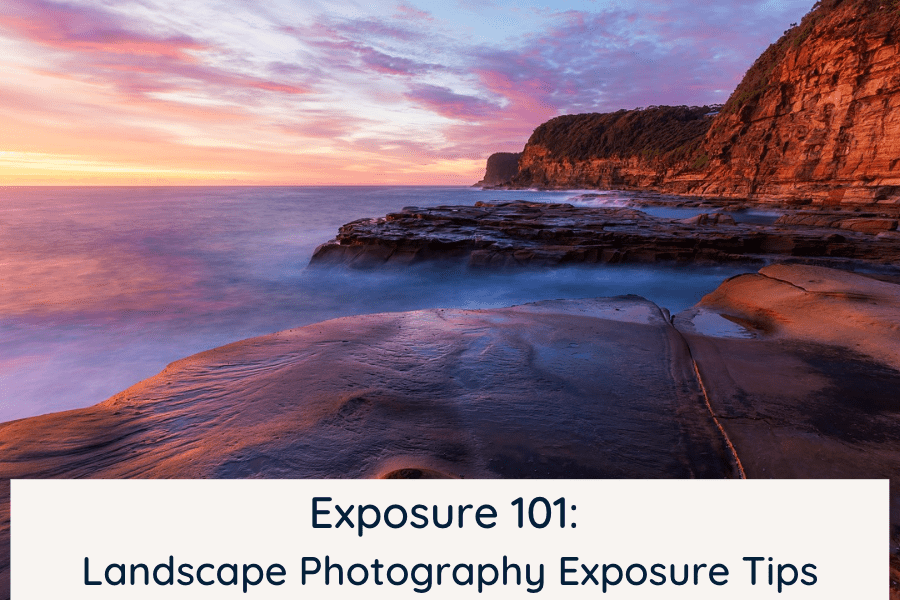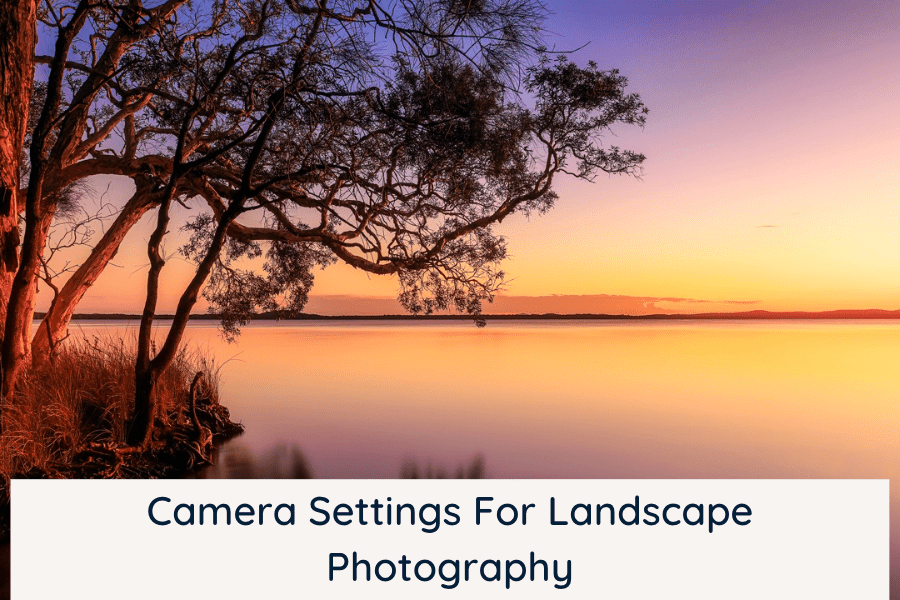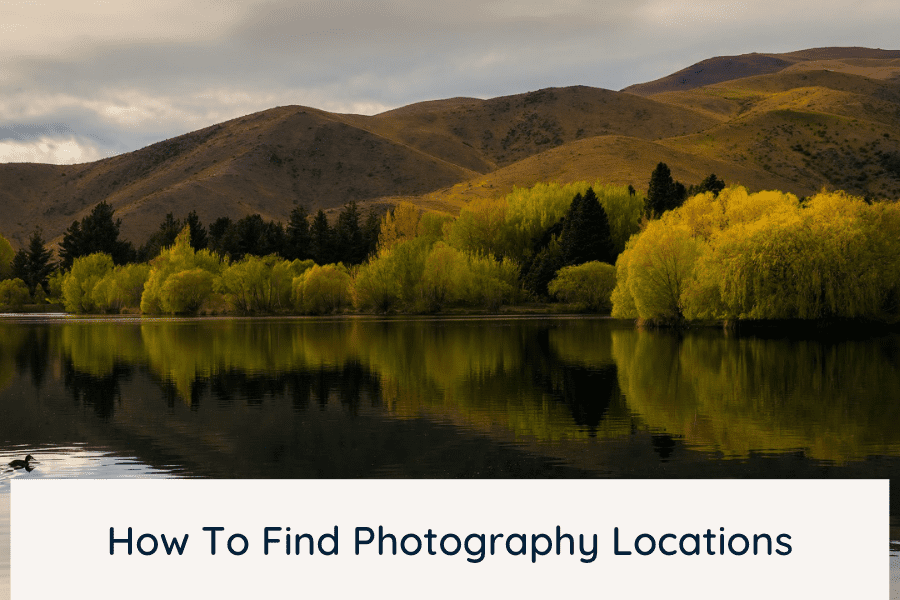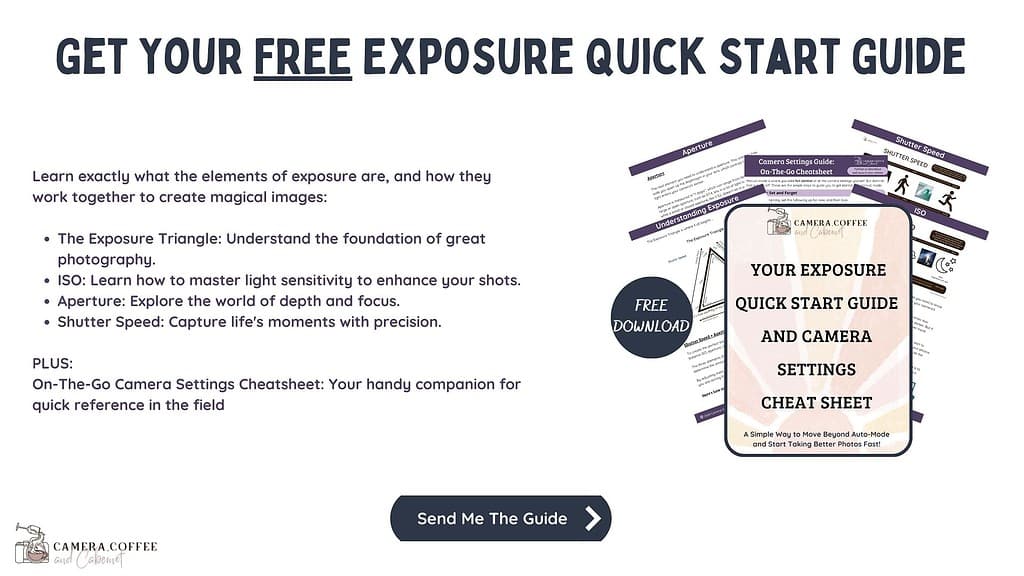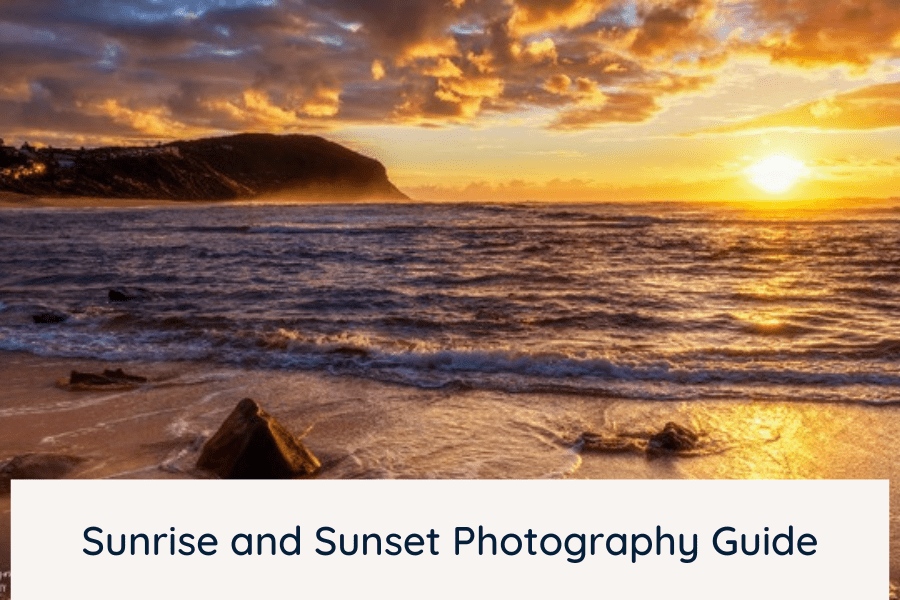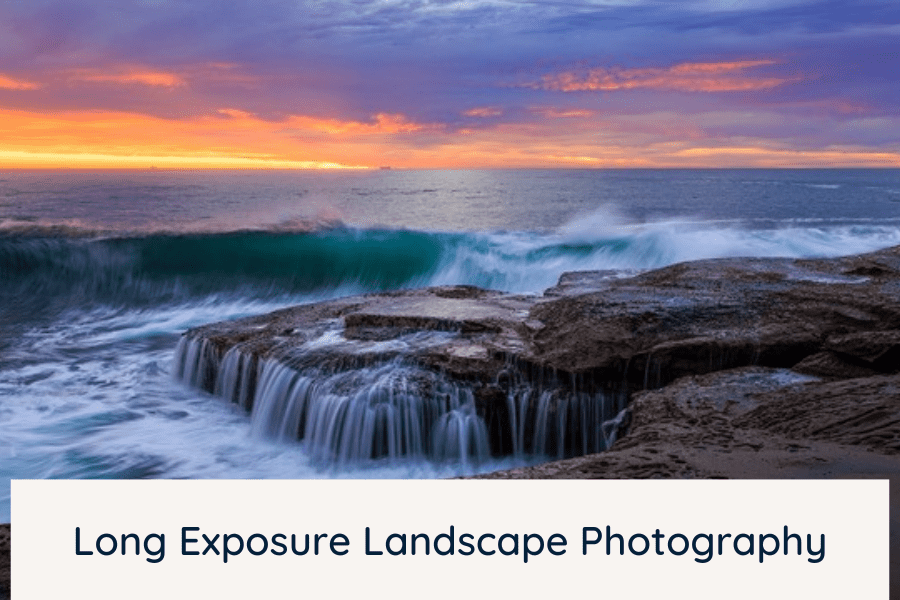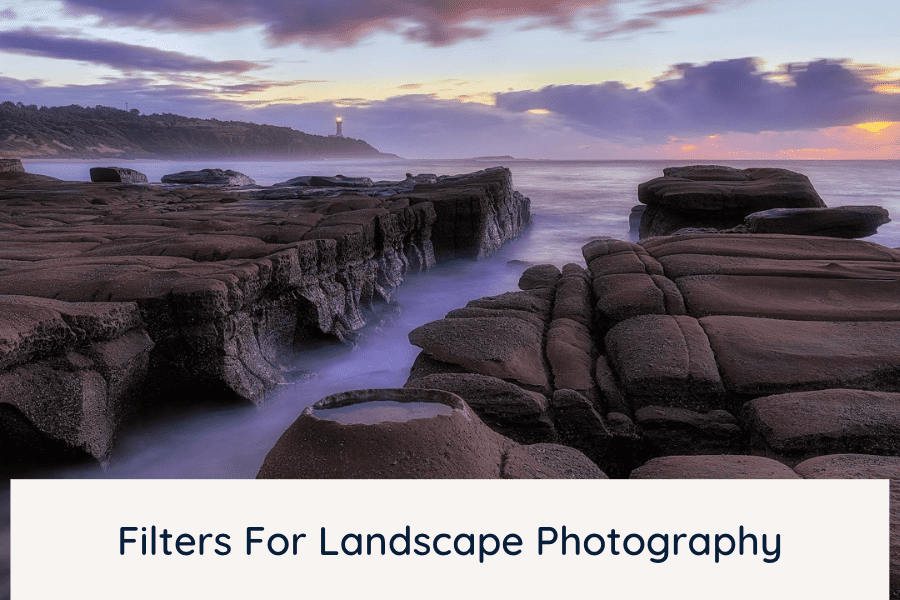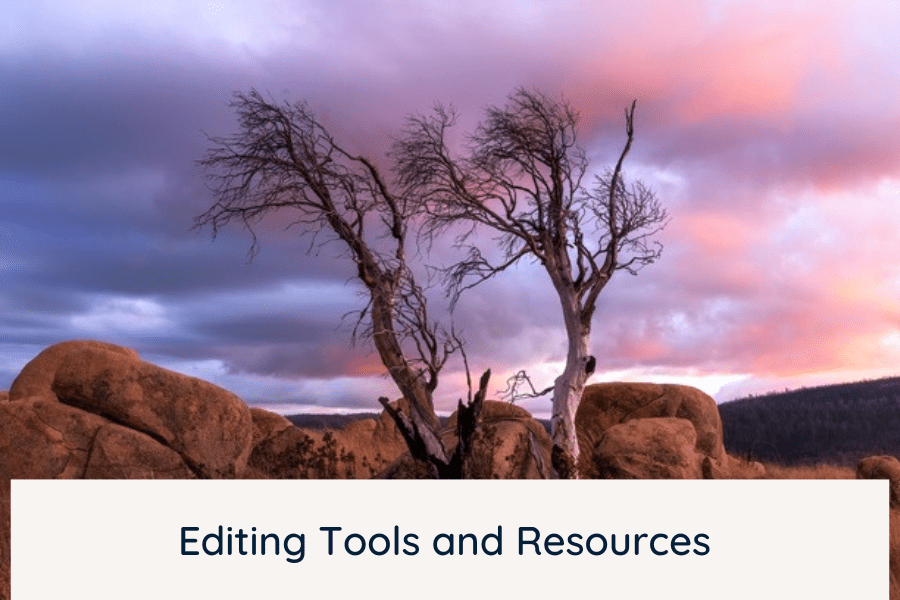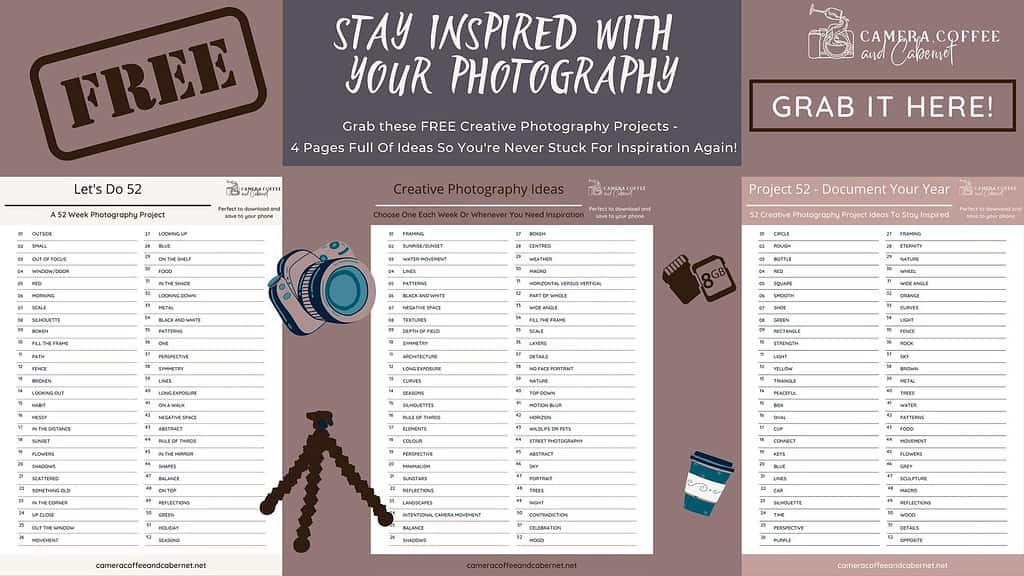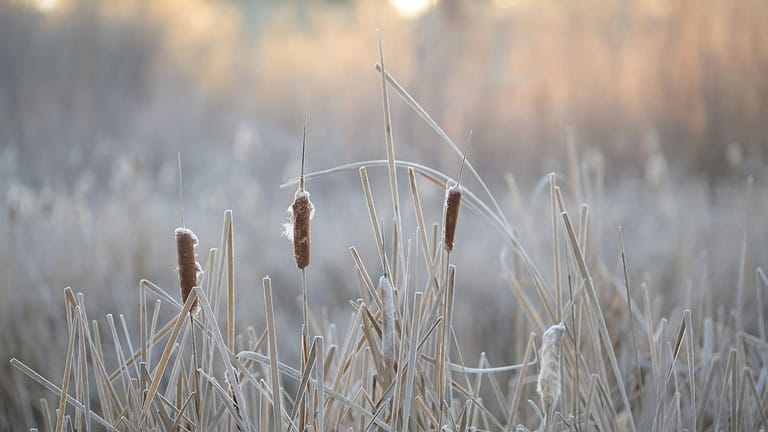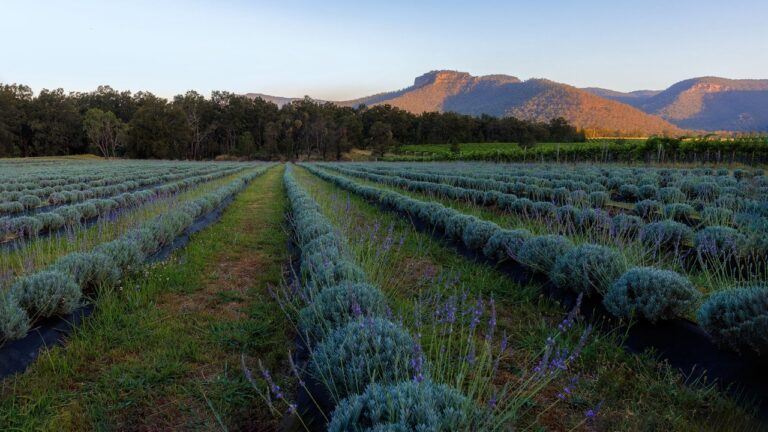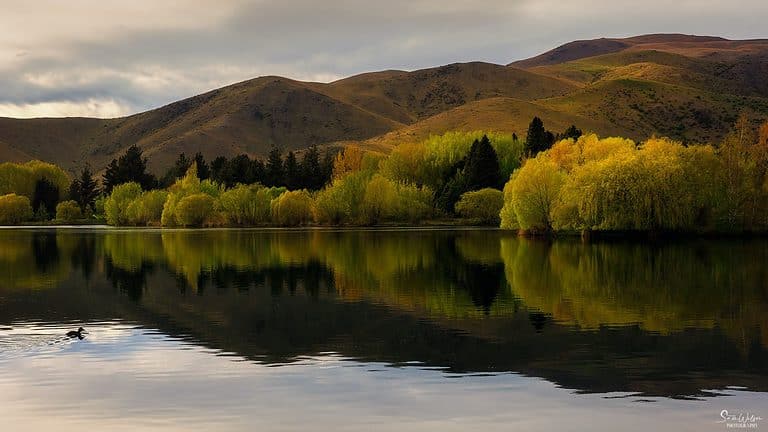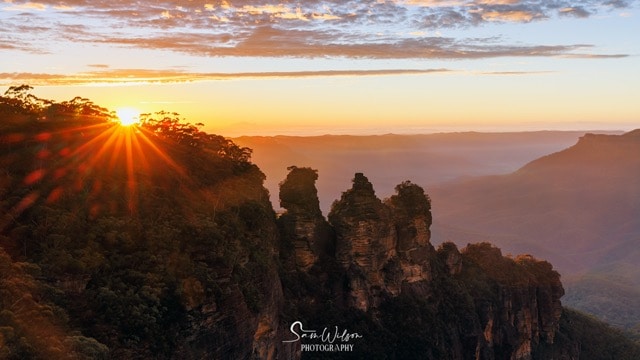15 Helpful Landscape Photography Guides For Beginners
Landscape photography can be incredibly fulfilling, allowing you to capture the beauty and majesty of nature in all its glory.
Not only do you get to spend time in nature, you really don’t need to break the bank on gear to get started. With just a few key pieces of equipment and a solid understanding of the fundamentals, you can begin taking stunning landscape photos right away.
But with so much information available online, it can be tough for beginners to know where to begin.
When I first started out, I believed that having the right gear was the most important aspect of landscape photography. But I soon realised that it’s useless if you don’t learn the basics.
That’s why I want to share with you some helpful landscape photography guides for beginners. These guides c all the things I’d taken the time to learn before focussing on getting better gear.
These guides cover everything from understanding exposure, composition, camera settings and finding great locations. Each guide is designed to help you gain a solid foundation in the key principles of landscape photography, whether you’re just starting out or looking to take your skills to the next level.
By reading through these guides, you’ll gain the knowledge and skills you need to create stunning landscape images.
They are the perfect starting point for your landscape photography journey, and will help you avoid the common mistakes and pitfalls that beginners often face.
Looking for some checklists and reference sheets you can download to go with these guides? Check these out:
1 – Landscape Photography Guide
If you’re new to landscape photography, the Landscape Photography Guide is the perfect place to start.
In this guide, you’ll get a basic overview to help you capture sharp, correctly exposed images and find compelling compositions. We’ll also cover essential aspects of landscape photography, including planning, timing, and gear.
Regardless of the camera you are using, this beginner-friendly guide will help you take your landscape photography to the next level. Read on for the full article.
You will also learn how to find compositions and master other essential aspects of landscape photography including planning, timing and essential gear: Landscape Photography Guide For Beginners.
2 – Essential Landscape Photography Gear
Gear is an important aspect of landscape photography, but you don’t need to break the bank to get started.
In this guide, we’ll show you all the essential gear you need to take awesome landscape photos.
When starting out, you do not need to start with the most expensive gear. Use what camera you have when you are just starting out, whether that’s a phone, a DSLR or mirrorless.
Only upgrade if you’re really enjoying your photography, want to improve your photos, AND your camera is limiting you. For now focus on the essentials: Essential Landscape Photography Gear.
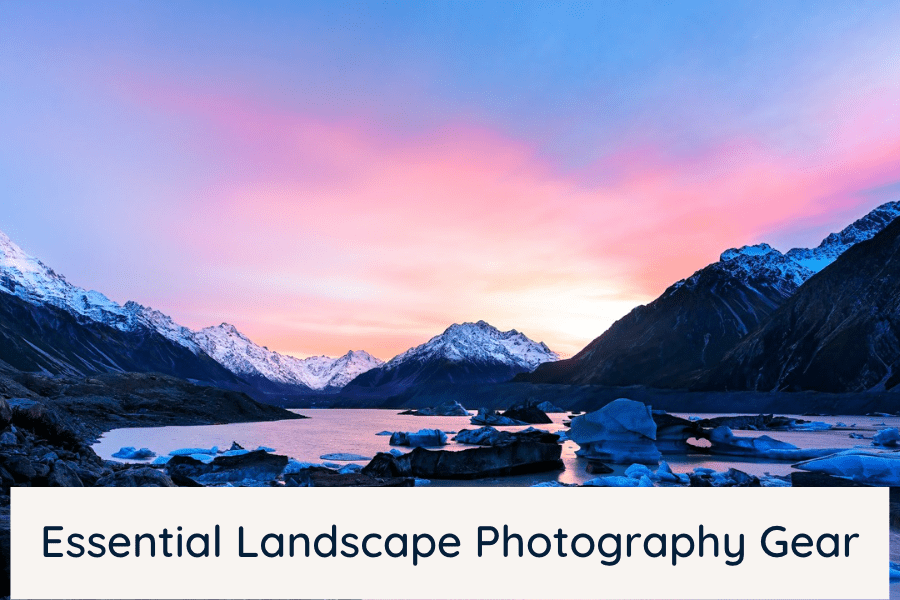
3 – Understanding Exposure
Exposure refers to the amount of light that reaches the camera sensor, which in turn affects the brightness and overall look of a photo.
Correct exposure means getting the desired brightness and darkness in your photo. If it’s too bright, it’s overexposed, and if it’s too dark, it’s underexposed. Adjusting your camera settings can help you achieve the correct exposure.
There are three main elements that are the fundamentals of all photography: ISO, Aperture, and Shutter Speed.
“Understanding Exposure” is a guide that will help you master these three elements of exposure: ISO, aperture, and shutter speed.
Click here to read the full guide: Exposure 101: Landscape Photography Exposure Tips.
4 – Improve Your Landscape Photography Composition
Creating a beautiful landscape photograph is more than just capturing the right exposure.
Composition is the art of arranging visual elements in a way that is pleasing to the eye. It’s what makes a good photograph great.
This guide will teach you how to improve your landscape photography composition, from framing and rule of thirds to leading lines and foreground interest.
Read on to learn all about how to improve your composition: Tips to Improve Your Landscape Photography Composition.
5 – Camera Settings For Landscape Photography
Camera settings can be daunting for beginner landscape photographers, but they play a crucial role in capturing the perfect shot.
This guide covers the basics of exposure and beyond. Know which modes are best to shoot in along with white balance, shooting in RAW and beyond.
So for the complete step-by-step guide for the exact camera settings you need for your landscape images, head over here: Camera Settings For Landscape Photography.
6 – Plan Your Next Photography Shoot
The best photography really does come from having a plan.
That’s especially the case when it comes to landscape photography. That’s where this guide comes in.
In this article, you’ll learn the practical steps you can take ahead of time so you can get the best possible results.
By following these practical steps, you can ensure that you’re in the right place at the right time with the right gear, so you can capture the best possible images: Planning Your Next Landscape Photography Shoot.
7 – How To Find Photography Locations
Ready to start exploring and taking stunning landscape photos? and expert tips.
Looking for new and exciting locations to photograph can be a challenge, especially if you’re new to landscape photography. Fortunately, with the right tools and mindset, you can find amazing locations that suit your photographic style and vision.
This guide will show you how to find stunning locations for your landscape photography and plan your visit to capture the best possible shots.
Whether you’re exploring new places or discovering hidden gems in your local area, the right tools and techniques can help you uncover breathtaking photo opportunities.
This guide will show you how to do just that. You’ll learn how to research locations, plan your visit to have the best conditions possible, and even create a bucket list of must-visit locations. Additionally, we’ll introduce you to some of the best apps and programs available to help you in your search.
Check out our full guide on how to find photography locations for more in-depth information: How To Find Photography Locations.
Looking for some checklists and reference sheets you can download for easy reference? Check these out:
8 – Sunrise and Sunset Photography Guide
If you’re looking to improve your sunrise and sunset photography, this guide is for you.
It covers everything you need to know, from planning your shoot to the equipment you’ll need, composition techniques, and the best times to capture those stunning colours and light.
Whether you’re a beginner or have some experience with landscape photography, this guide will give you practical and easy-to-follow advice to help you capture the beauty of these magical moments.
To learn more, check out the full guide on sunrise and sunset photography. It’s packed with information and examples to help you master this genre and create images that will leave a lasting impression: Sunrise and Sunset Photography – Your Complete Guide.
9 – Photographing Waterfalls
Photographing waterfalls can be a stunning addition to your landscape photography portfolio, and with a little know-how, you can capture truly breathtaking images.
In this guide, we’ll cover the essential tips and techniques you need to master waterfall photography, including the best equipment to use, how to compose your shots, and how to choose the best shutter speed for the effect you want to create.
So, if you’re ready to add stunning waterfall images to your portfolio, be sure to read our full guide to photographing waterfalls: Photographing Waterfalls: Tips For New Photographers.

10 – Seascape Photography
Seascape photography is a beautiful and rewarding genre that captures the majesty and power of the ocean.
In this guide, you’ll learn everything you need to know to take stunning seascapes that convey the beauty and drama of the sea. From the best gear and settings to the compositional rules that will help you create striking images, this guide has you covered.
You’ll discover the importance of timing your shoot to take advantage of the unique lighting conditions that can occur at different times of the day, as well as the various techniques you can use to capture the movement of the waves and create dynamic images.
Whether you’re a beginner looking to get started with seascapes or an experienced photographer looking to up your game, this guide will provide you with all the knowledge and skills you need to create stunning images of the ocean.
Make sure you check out the full article for all the tips and techniques you need to take your seascapes to the next level: Top 10 Tips To Improve Your Seascape Photography.
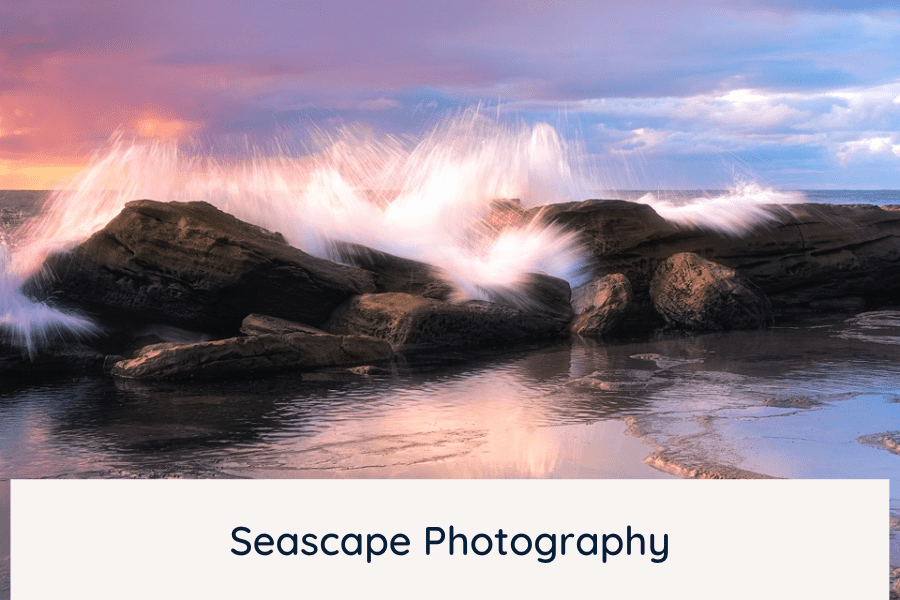
Seascape photography truly is my passion and as I’m lucky enough to live on the coast, I’ve learned a lot about this incredible genre of landscape photography.
I’ve created a FREE e-book on this where I share everything I’ve learned along the way.
Grab your copy here: The Magic Of Seascapes .
11- Long Exposure Landscape Photography
Long exposure landscape photography is a fascinating technique that can enable you to capture the world around them in an entirely new way.
By utilising a slow shutter speed, you can produce stunning images that showcase the movement and flow of elements like water and clouds, adding an ethereal and dreamlike quality to your landscapes.
If you’re new to photography and interested in exploring long exposure landscape photography, we’ve got you covered.
In this guide, you’ll find everything you need to know to get started, from the essential equipment to the techniques and tips for achieving the perfect shot.
With our step-by-step guide, you’ll learn how to experiment with different shutter speeds, filters and aperture settings to create truly unique and captivating images.
So why wait? Discover the world of long exposure landscape photography here: The Beauty Of Long Exposure Landscape Photography.
12 – Developing A Photography Workflow
Have you ever found yourself struggling to manage your images after a long day of shooting? Developing a photography workflow can make your life much easier by helping you stay organised and efficient.
Don’t worry if you’re new to landscape photography, as creating a workflow is simpler than you might think. In just seven easy steps, you can keep your images safe, organised, and easy to manage.
In this guide, we will take you through each step of the workflow process, from transferring your images from camera to computer to backing up your files. With our simple tips and clear explanations, you’ll be on your way to developing an effective photography workflow in no time.
So whether you’re just starting out or looking to streamline your current workflow, read on for all the information you need to take control of your photography: Developing A Photography Workflow
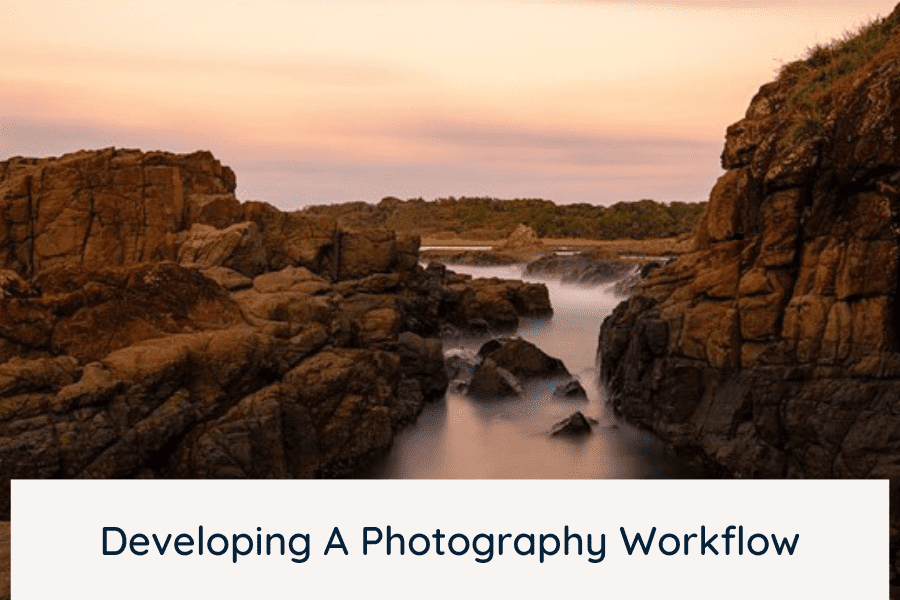
13 – Filters For Landscape Photography
Filters can be a game-changer in landscape photography. By learning about different filters and their effects, you can enhance your images and take your photography to the next level. In this guide, we’ll cover the basics of filters for landscape photography, including the pros and cons of using them.
There are various types of filters available, such as polarisers, neutral density filters, and graduated neutral density filters.
Each filter has its own unique properties and can be used to achieve different effects. Polarisers, for example, can be used to reduce glare and reflections on water and other surfaces, while neutral density filters can be used to reduce the amount of light entering the lens, allowing for longer shutter speeds and smoother water effects.
Before deciding if you need filters, it’s important to understand their benefits and drawbacks. While filters can enhance your images, they can also add cost and complexity to your gear setup.
By understanding the pros and cons of using filters, you can make an informed decision about whether or not to invest in them.
So, let’s dive in and explore the world of filters for landscape photography here: Do You Need Filters For Landscape Photography.
14 – Editing Tools and Resources
If you’re new to landscape photography, you might be wondering how to edit your photos to make them look their best.
This guide is here to help.
You’ll learn about the different editing programs and tools available, and get a basic understanding of how to use them in your workflow.
In this article, we’ll introduce you to the world of photo editing, including what it is and why it’s important, as well as which programs and tools you should consider using.
You’ll discover what editing is, which programs and tools to consider, and a basic editing workflow to enhance your landscape photos.
With our guide, you can take the first step in learning how to edit your photos to achieve the desired look and feel.
We’ll introduce you to the essential editing tools and resources you need to enhance the beauty of your landscape photos. Read the full article here: Landscape Photo Editing – Tools, Tutorials And Tips.
15 – Finding Your Photography Style
As a new landscape photographer, you may be wondering if you need to develop your own photography style. The answer is not necessarily, but having a distinct style can set you apart and help you stand out in a crowded field.
But what exactly is a photography style and how can you develop one? In this article, we’ll explain what a photography style is, different types of styles you can explore, and provide tips for developing your own unique style. We’ll also discuss the benefits of having a style and explore whether it’s necessary for your photography journey.
So, whether you’re just starting out or looking to refine your photography skills, understanding your own style and how to develop it can be a rewarding and exciting process.
Keep reading to learn more: Finding Your Photography Style.
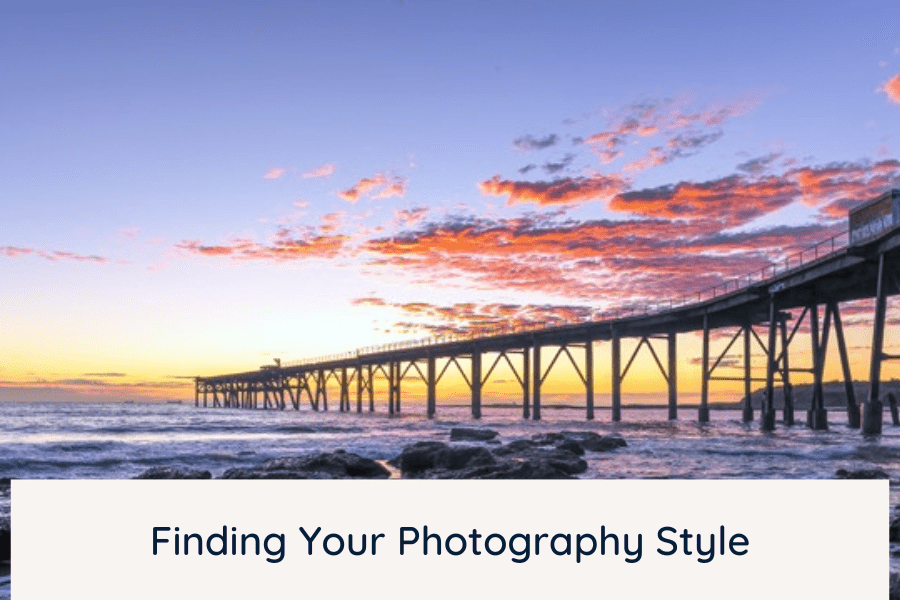
Looking for some checklists and reference sheets you can download for easy reference? Check these out:
Frequently Asked Questions
What kind of camera do I need to get started with landscape photography?
You don’t need an expensive or fancy camera to get started with landscape photography. In fact, many beginners find that a simple point-and-shoot camera or smartphone camera can work just fine. What’s more important is understanding the basics of exposure, composition, and lighting. That being said, if you’re looking to invest in a camera, look for something with manual controls and interchangeable lenses, which will give you more flexibility and control over your photos.
What are some common mistakes beginners make in landscape photography?
One common mistake beginners make is forgetting about the importance of composition. It’s not just about capturing a pretty scene; it’s about arranging the elements in the photo to create a pleasing visual balance. Another mistake is failing to pay attention to the lighting. The best landscape photos are often taken during the “golden hours” – the hour or so after sunrise and before sunset – when the light is soft and warm. Finally, beginners may also make the mistake of over-processing their photos in post-production. Remember, a good photo doesn’t need to be heavily edited to look great.
What time of day is best for landscape photography?
While there’s no one-size-fits-all answer to this question, many landscape photographers prefer to shoot during the “golden hours,” which are the hour or so after sunrise and before sunset. During these times, the light is softer and warmer, which can create a more pleasing and dramatic effect in your photos. Of course, this will depend on the specific location and weather conditions, so it’s always a good idea to scout out your location beforehand and plan accordingly.
How can I make my landscape photos stand out from the crowd?
One way to make your landscape photos stand out is to find a unique or unusual perspective. Instead of shooting from eye level, try getting low to the ground or climbing up high to capture a different angle. You can also experiment with different focal lengths, such as using a wide-angle lens to capture a sweeping vista or a telephoto lens to isolate a specific detail. Additionally, pay attention to the lighting and look for ways to use it to enhance your photo. Finally, don’t be afraid to put your own creative spin on things and try out new techniques and ideas.
That brings us to the end of this article, but if you are looking for some creative photography project ideas, you might like to consider this free download:
Conclusion
So, there you have it!
These 15 landscape photography guides for beginners are an excellent starting point for anyone looking to improve their skills and capture the beauty of nature.
From understanding camera settings to finding the perfect location and mastering composition, these guides cover all the essentials.
Remember, the key to improving your landscape photography skills is practice, patience, and a willingness to learn. With these guides at your disposal, you’ll be able to build a solid foundation of knowledge and techniques to help you take stunning landscape photos.
But don’t just take my word for it!
I’d love to hear your thoughts on these guides and any other tips or tricks you’ve found helpful on your own landscape photography journey. So be sure to leave a comment and let me know what you think!
That’s it for now – Keep clicking and stay caffeinated
Like this post? PIN it so you can save it for later.

Other Posts You Might Like:
- Things I Wish I Knew When I Started
- Creative Photography Project Ideas
- Photography Quotes To Spark Your Creativity
- Creating Sunstars In Your Photos
- Golden Hour Landscape Photography
- Landscape Photography Composition: The Power of Leading Lines
- Why You Should Consider Doing A Photography Tour
- Best Landscape Photography Youtube Channels
- Landscape Photography – Tips to Help You Stay Inspired and Motivated
- Developing a Successful Landscape Photography Post-Processing Workflow
Don’t miss a post – sign up Here if you haven’t already
Note – Unless otherwise stated, all photos are mine and remain my copyright images – Sam Wilson Photography.


